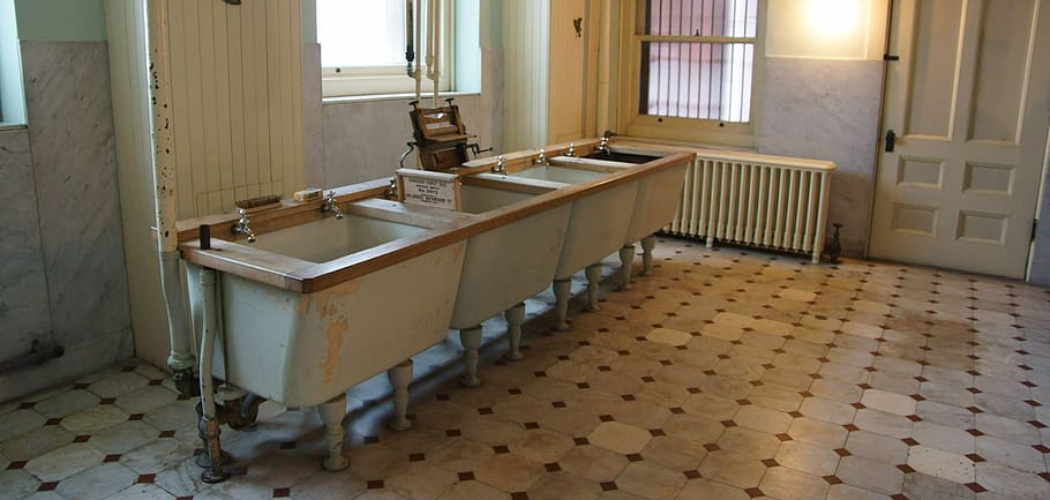Remodeling a bathroom floor can help you save money, increase the value of your home, and create a more enjoyable space. A new bathroom floor can enhance the room’s overall appearance and provide additional comfort when using it. It can also be easier to clean than an old, worn-out floor.
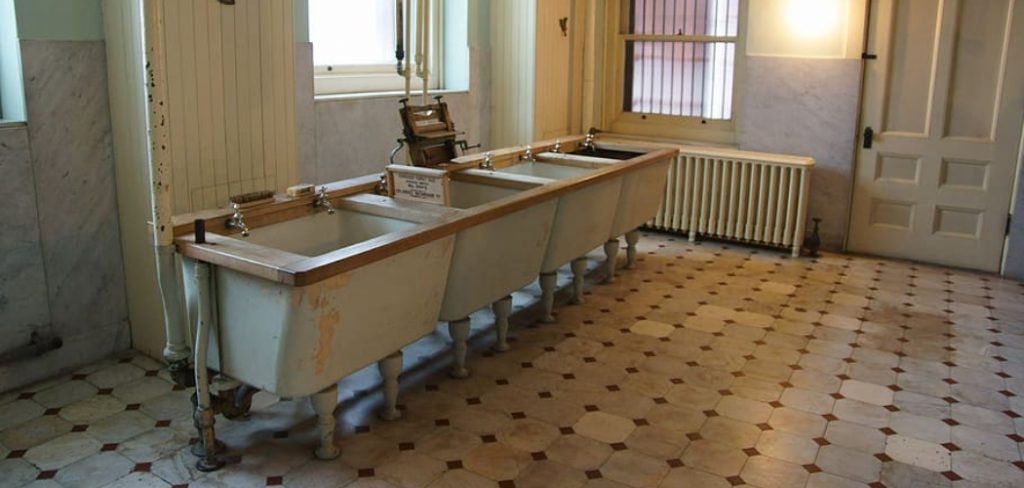
One of the main advantages of remodeling a bathroom floor is that it can drastically improve its overall appearance. A new floor can help create a more comfortable and inviting atmosphere and boost the value of your home.
Additionally, redoing a bathroom floor can also make it easier to keep clean since many materials available today are resistant to moisture and temperature changes. In this blog post, You will learn how to remodel a bathroom floor.
Step-by-step Instructions for How to Remodel a Bathroom Floor
Step 1: Inspect Your Floor
Before starting, it is important to inspect the condition of your existing bathroom floor. Look for any signs of damage or wear and tear that may need replacing, such as rotted-out sections or deteriorated grout lines.
Step 2: Prepare the Subfloor
Once you’ve inspected your floor, prepare the subfloor by removing any old tiles, sealant, or other material that may be in the way. Before starting, You’ll want to ensure the surface is as smooth and level as possible.
Next, you’ll need to lay out your tiles. This helps ensure that any pattern or design you have planned looks consistent throughout your bathroom floor. It’s important to leave enough space for grout lines when laying out your tiles.
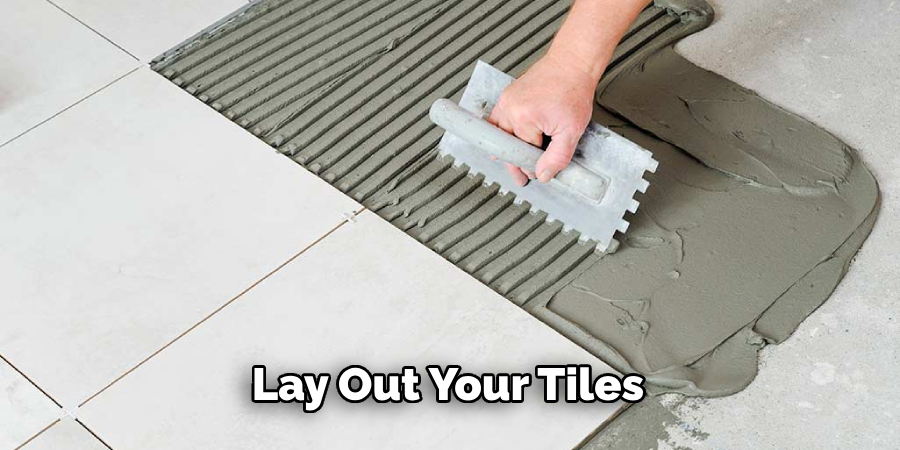
Step 3: Apply Adhesive and Lay Tiles
Once the layout is complete, you can apply adhesive and lay tiles. Be sure to press each tile firmly in place before continuing on to the next one. To ensure your tiles are evenly spaced, use a ruler or leveler as you work.
Once all of your tiles are in place, it’s time to apply grout. Use a rubber grout float and spread the grout into the joints between tiles until they are filled evenly. Ensure you wipe off any excess grout that may have been collected on the tiles.
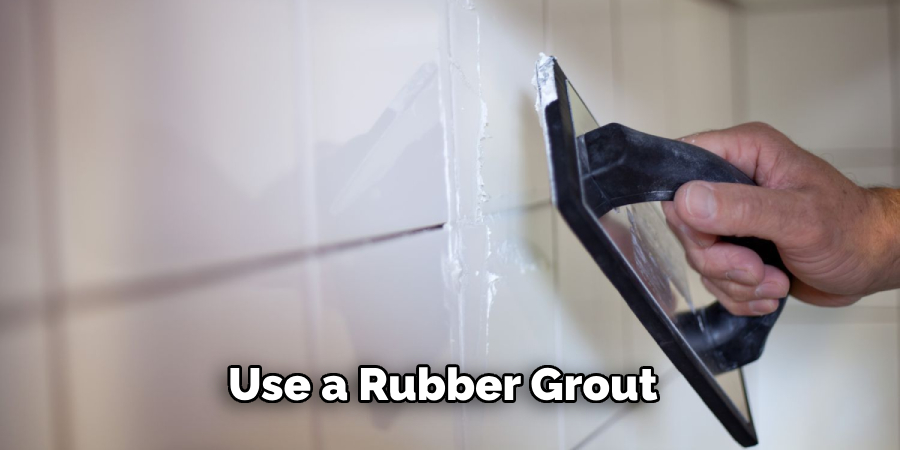
Step 4: Allow Grout to Set
Once the grout is applied, you’ll need to let it set for at least 24 hours before proceeding with any further steps. After the grout has had time to set, sealing both the tiles and grout lines is important. This will help protect against dirt and moisture seeping into the grout lines, which can potentially cause damage over time.
Step 5: Apply Caulk Around Perimeter
After sealing your tiles and grout lines, you’ll want to apply a bead of caulk around the perimeter of your bathroom floor. This will help ensure that water does not penetrate unsealed areas between the tiles and the wall.
Once all the steps above are completed, you can clean up your workspace. This will help to ensure that no adhesive or grout is left behind, which could potentially damage any new tiles you’ve laid down.
After completing the steps above, you can now sit back and enjoy your newly remodeled bathroom floor. With the right materials and tools, this project should be relatively straightforward.
Tips for How to Remodel a Bathroom Floor
- Always wear protective gear, such as goggles and gloves, when handling power tools and hazardous materials to reduce the risk of injury.
- Make sure the floor is well-ventilated throughout the entire remodeling process to prevent the inhalation of any noxious fumes produced during construction.
- Be careful when removing old flooring material – it may contain asbestos or other hazardous materials.
- Ensure that all electrical wiring is properly insulated and out of the way during demolition.
- Consider using non-slip flooring material to prevent slips, trips, and falls in wet areas such as a shower or bathtub area.
- Use appropriate fastening methods for installing new tile or other flooring materials, such as thinset mortar and grout.
- Once the new bathroom floor is complete, clean any remaining debris and test the safety of the flooring before using it.
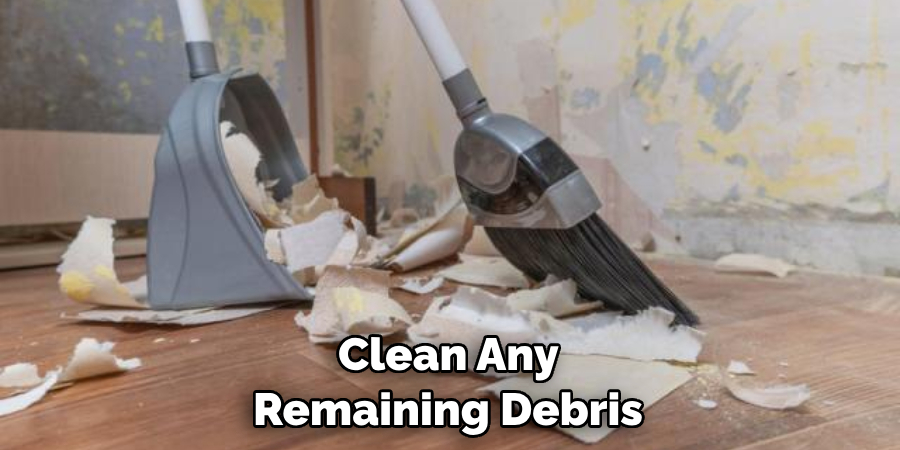
By following these tips and taking appropriate precautions when remodeling a bathroom floor, you can avoid potential accidents and ensure a successful project.
What Type of Flooring Do You Want to Install in Your Bathroom?
Before you start the remodeling process, it is important to think about what type of flooring you want to install in your bathroom. Several different types of materials can be used for bathroom floors, and they all have their unique benefits and drawbacks.
For example, vinyl or laminate flooring is popular because it is relatively inexpensive, easy to install, and easy to maintain.
However, it does not offer much in terms of insulation and soundproofing. On the other hand, ceramic or porcelain tiles are a popular choice because they are durable and relatively water-resistant; however, they can be difficult to install and expensive.

Hardwood floors also look great but need more maintenance than other flooring options. Consider all these factors when deciding which type of flooring to install in your bathroom.
Should You Hire a Professional Contractor or Do the Project Yourself?
It is important to consider whether you should hire a professional contractor or tackle the project yourself when undertaking a bathroom floor remodeling project.
If you have limited experience with home improvement projects, then hiring a professional may be an ideal choice to ensure that the job is completed correctly. Additionally, if your budget allows for it, hiring a professional contractor can save you a great deal of time and energy when it comes to executing the project.
On the other hand, if you are confident in your DIYer abilities, taking on the remodeling project yourself can be an effective and economical choice. You may save money by gathering materials from local home improvement stores or online retailers.
Additionally, if you have access to the necessary tools, then there is no reason why you can’t complete the job yourself.
How Much Will It Cost to Remodel Your Bathroom Floor?
The cost of remodeling your bathroom floor depends on a few factors, such as the size of the room, materials used, and labor costs. Generally speaking, budget-friendly remodels can start at around $500, while more elaborate projects may cost up to $10,000 or more.
If you’re looking for new tile or linoleum, you may want to factor in the cost of the material and installation fees.
The size of your bathroom and the quality of your materials will determine how much you can expect to spend on tiles or linoleum. If you choose hardwood flooring, it might be more expensive than tiles, but its classic style and durability will last much longer.
Other flooring materials such as laminate and engineered wood are also good options for a bathroom remodel, but be sure to check the manufacturer’s instructions for proper installation and maintenance.
How Long Will It Take to Complete the Project?
The amount of time needed to remodel a bathroom floor will depend on the scope of the project. If you are replacing existing tiles, it will take significantly less time than if you are installing new tiles.
Additionally, if significant demolition work is required, such as tearing up old subflooring or removing walls, this could add more time to your project. In general, you can expect to spend anywhere from 1 day to a week or more to complete the project.
You may want to consider getting help for your project if it is substantial and complex. Hiring professional contractors will help speed the process along as they will have the tools and expertise needed to do the job quickly and efficiently.
What Type of Maintenance Do You Need to Perform to Keep Your New Bathroom Floor Looking Great?
Once you have renovated your bathroom floor, it is important to properly maintain it so that it continues to look great for years. The best way to do this is by cleaning regularly and avoiding harsh chemicals or abrasive cleaners.
A good rule of thumb is to sweep the floor at least once a week and to mop with warm water and a mild detergent every two weeks. If there are any spills or stains, it is important to clean them up quickly using a damp cloth or sponge.
In addition to regular cleaning, you may also need to reseal the grout every year in order to keep the floor looking great and prevent water damage. To do this, you will need a grout sealer that can be purchased from most home improvement stores.
Make sure to follow the instructions on the package carefully to get the best results. Finally, inspecting your bathroom floor periodically for any signs of damage or wear and tear.
Conclusion
In conclusion, remodeling a bathroom floor is a simple and affordable way to update the look and feel of your bathroom. Following these steps, you can transform your outdated flooring into something modern and stylish.
Even novice DIYers can get professional results with easy-to-install materials like vinyl or laminate. Consult local building codes before starting any remodeling project, and always follow the manufacturer’s instructions.
I hope this article has been beneficial for learning how to remodel a bathroom floor. Make Sure the preventive measures are followed chronologically.

